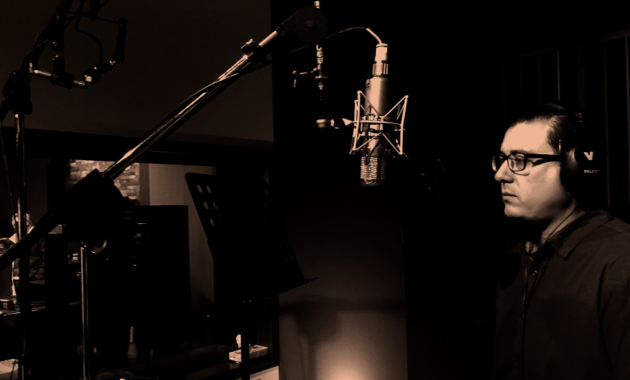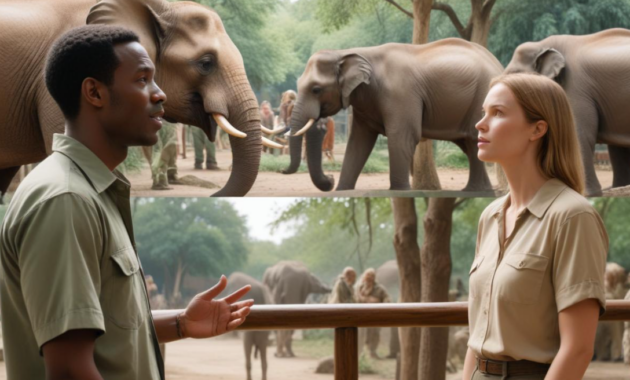
Documentary narration is an art form that has evolved significantly since the early days of filmmaking. As we explored in our overview of The Art of Documentary Narration, the narrator's voice can shape the audience's perception, guide their emotional response, and provide crucial context to the visual narrative. In this comprehensive guide, we'll delve deeper into the various types of documentary narration styles, their characteristics, and when to use them effectively.
1. The "Voice of God" Narration
The "Voice of God" style is perhaps the most classic form of documentary narration. It's characterized by an authoritative, often male voice that speaks from an omniscient perspective.
Characteristics:
- Authoritative and formal tone
- Often uses third-person perspective
- Provides factual information and context
Example: Many of Sir David Attenborough's nature documentaries, such as "Planet Earth," employ this style.
Suggested External Link: The 'Voice-of-God' in Documentary Film by International Documentary Association
2. First-Person Narration
First-person narration involves the filmmaker or a protagonist narrating the documentary from their personal perspective.
Characteristics:
- Personal and subjective viewpoint
- Often more emotional and intimate
- Can create a strong connection with the audience
Example: Michael Moore's documentaries, like "Bowling for Columbine," often use this style.
3. Character-Driven Narration
In this style, one or more characters from within the documentary provide the narration, offering their perspectives on the events unfolding.
Characteristics:
- Multiple voices and viewpoints
- Can provide conflicting narratives
- Adds depth and complexity to the story
Example: "The Act of Killing" by Joshua Oppenheimer uses this approach to powerful effect.

4. Poetic Narration
Poetic narration uses lyrical language and a more artistic approach to guide the viewer through the documentary.
Characteristics:
- Evocative and metaphorical language
- Often paired with abstract or artistic visuals
- Focuses on creating a mood or atmosphere
Example: Terrence Malick's "Voyage of Time" employs poetic narration to explore the history of the universe.
5. Investigative Narration
This style is often used in journalistic or true-crime documentaries, where the narrator guides the audience through an investigation or exposé.
Characteristics:
- Often uses a mix of first-person and third-person perspectives
- Emphasizes facts, evidence, and logical progression
- Can create suspense and engagement
Example: "The Jinx: The Life and Deaths of Robert Durst" uses this style to unravel a complex true-crime story.
Suggested External Link: Narration in True Crime Documentaries by The New Yorker
6. Minimalist Narration
Some documentaries use narration sparingly, allowing the visuals and subject interviews to tell the story.
Characteristics:
- Limited use of narration
- Narration used primarily for context or transitions
- Relies heavily on visual storytelling and subject interviews
Example: "The Last Dance," a documentary series about Michael Jordan and the Chicago Bulls, uses minimal narration.
7. Interactive Narration
In some modern documentaries, particularly those designed for digital platforms, the narration can be interactive, allowing viewers to choose different narrative paths.
Characteristics:
- Viewer-driven narrative choices
- Multiple potential storylines
- Often used in combination with other narration styles
Example: "Bandersnatch," while not a traditional documentary, demonstrates this interactive storytelling approach.

Choosing the Right Narration Style
Selecting the appropriate narration style for your documentary depends on several factors:
- Subject matter
- Target audience
- Tone and mood you want to convey
- Available resources and narrators
- Cultural context and expectations
Remember, these styles are not mutually exclusive. Many successful documentaries blend different narration styles to create a unique and engaging viewing experience.
Suggested External Link: Choosing a Narration Style for Your Documentary by MasterClass
By understanding and skillfully applying these various narration styles, documentary filmmakers can significantly enhance their storytelling, creating powerful and memorable non-fiction narratives that resonate with audiences.

